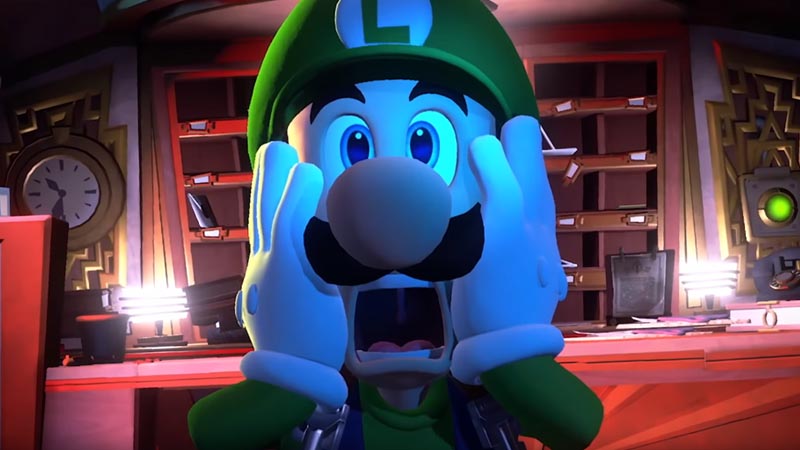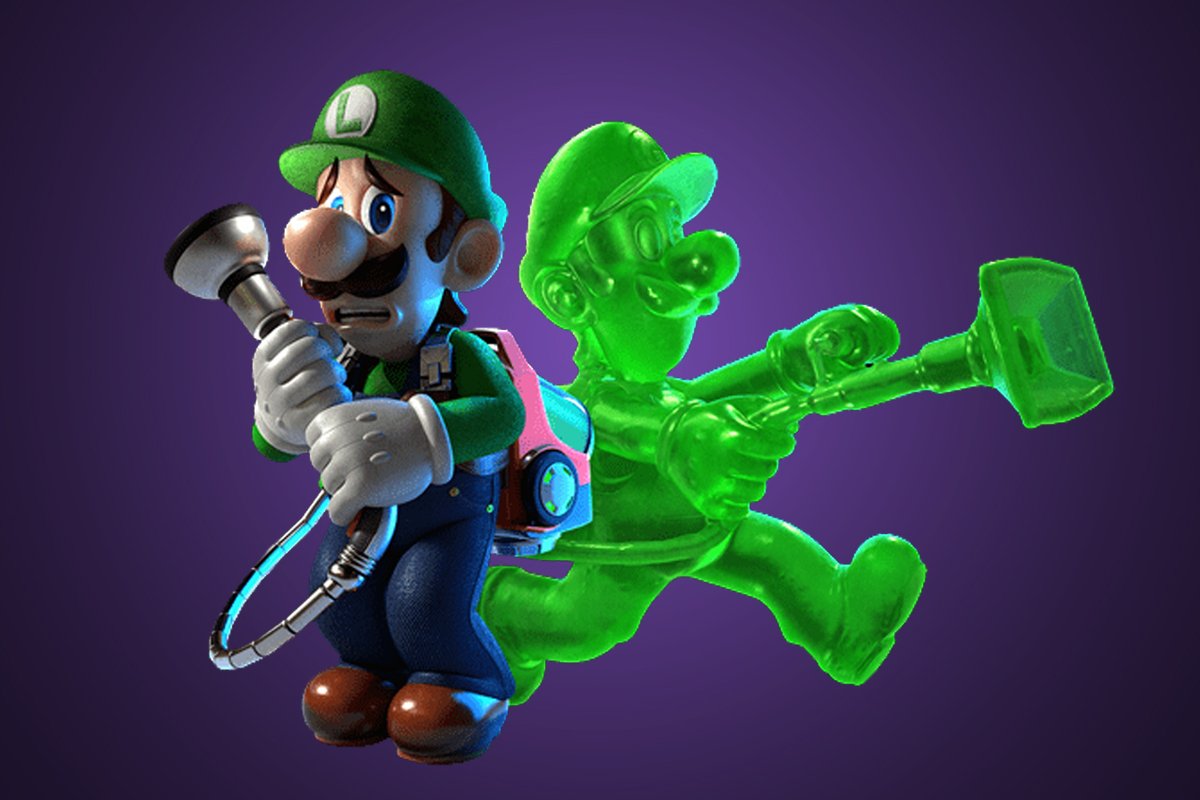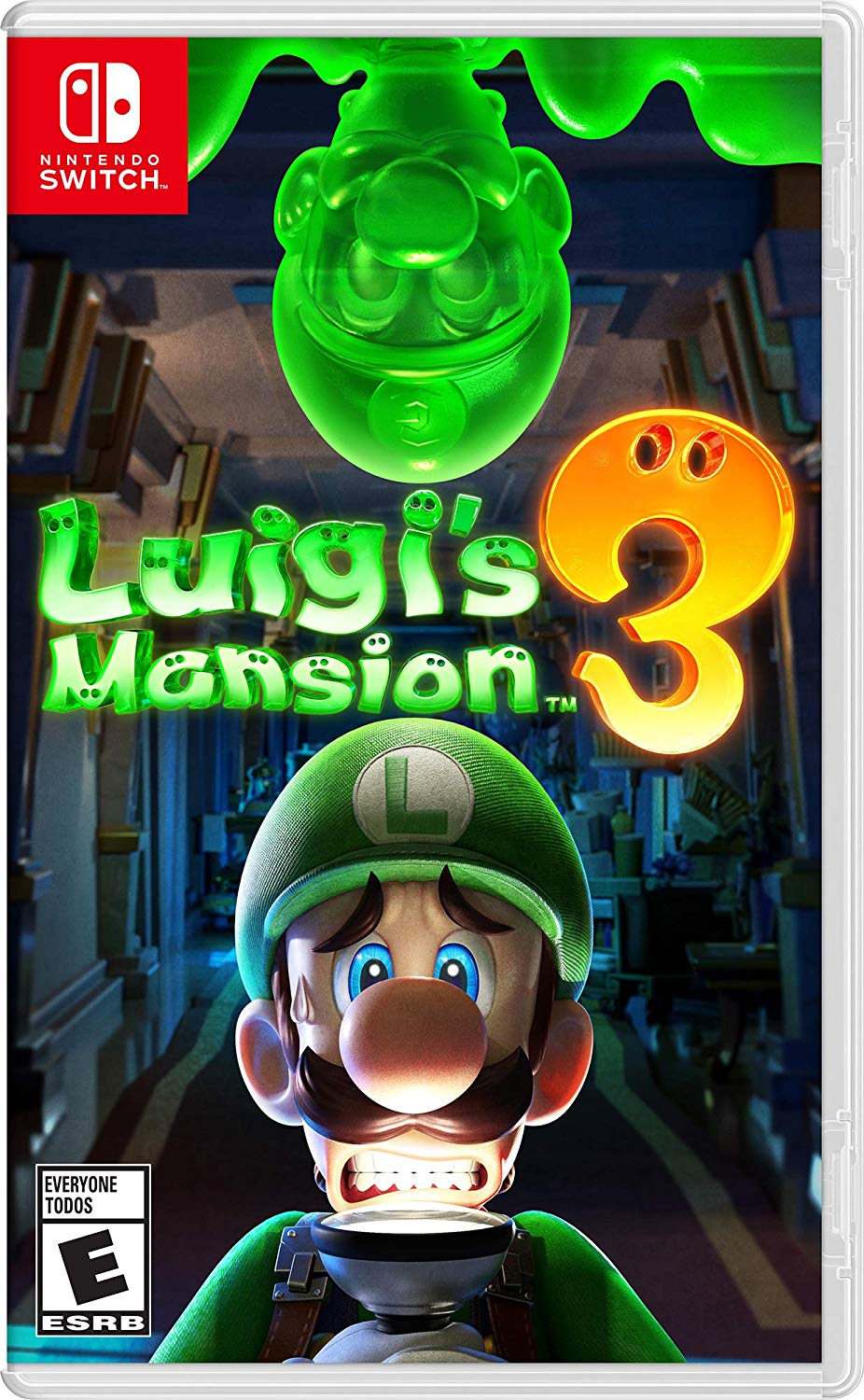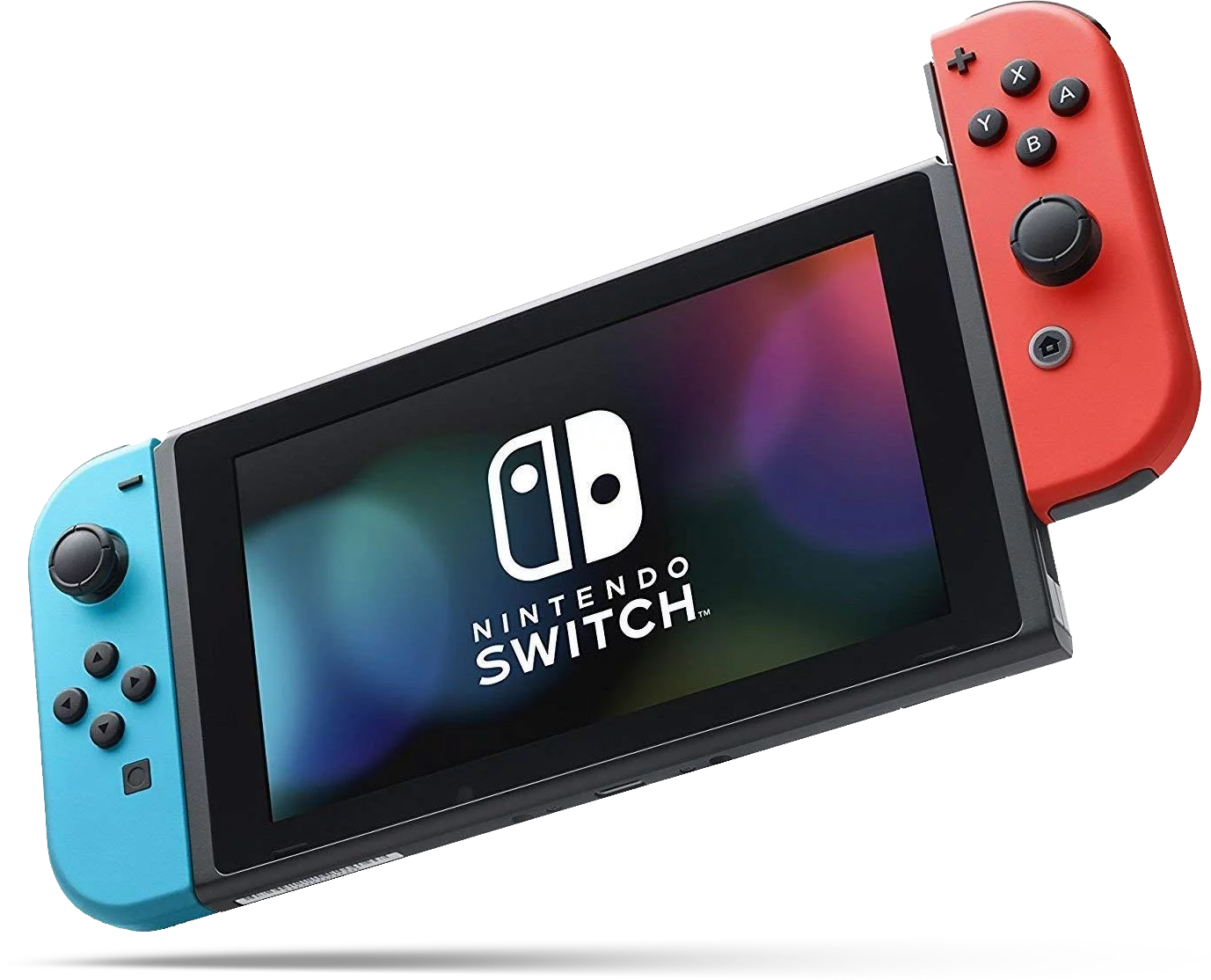Luigi's Mansion 3 for Nintendo Switch hands-on: It just makes sense

Last week I got the chance to try out Luigi's Mansion 3 at a Nintendo preview event. After I was done, I was struck by how everything in what I played fit together. I only got to play one level, but the logic and pacing behind it seemed intricate, and the transitions from combat to puzzle-solving were smooth. The game feels like the work of experienced level designers. They understand that to get to a puzzle about using Gooigi to help you move a gigantic watermelon; you have to first teach the player how to move much smaller objects.
This allows the game to appeal to anybody. Children of multiple ages ran around the event checking out the demo. Adults, many of them with their kids, also picked up the controller and engaged with the level on display.
I, obviously, got to check it out, and while I haven't gotten much time with the franchise over the years (sorry), the game made total sense. That seems like an odd thing to say since games usually have to make sense to be playable, but it's a breeze to play, even if you manage to get stuck. People new to the games won't run into many issues. There's a lot about Luigi's Mansion 3 that's awesome (in the old-fashioned sense of the word), but to see everything move so well together is a testament to the potential of the full release. To put it plainly: I'm excited.
More: Luigi's Mansion 3: Everything you need to know
The game might look friendly and inviting, and appeal to a younger demographic with its cartoonish, round nature, but it's tough.
It's easy to tell that Luigi's Mansion 3 is going for the wow factor, at least visually. The Switch I played on was docked to a big screen, but the game ran smoothly with little input lag. Despite tinting that makes everything seem bluer, the colors truly pop when they need to. The bubbly look of everything — from the ghoulish creatures to Luigi himself — helps to lower any spooky feelings the game might elicit. Still, there's an atmosphere here that makes you uneasy. You never know what you'll get when you open a door, which is mostly where the "horror" comes from. You can run into a giant monster with sharp teeth that you can only see in mirrors, a room filled with thorny vines, or a bathroom filled with watermelons. Whether any of them will attack you or you just have to figure out how to get around them is a matter of interacting, and that tension is incredibly effective.
The game might look friendly and inviting, and appeal to a younger demographic with its cartoonish, round nature, but it's tough. The Luigi's Mansion games are known for their combination of combat and puzzle-solving, and that remains true in the third installment. Combat is straightforward; you find a way to grab a ghost or other creature with your Poltergust by pulling on it in the opposite direction of its movement, then hit the X button to slam it into either the ground or other enemies. The Slam option is new for the third installment, and it feels good. It's also a versatile feature. Not only can you slam a ghost into the ground, but you can use it to solve puzzles.
There are motion controls here, which is unfortunate considering how tough they are to use, but for people who are used to the Switch, that'll be less of an issue. They're mostly utilized to help aim the Poltergust or move it up and down while you fight. It'll be a preference as to whether you want to use these or the right joystick to move it around, but either option is unwieldy. I often found myself flailing as I tried to do damage to a ghost, which isn't exactly helpful if something was moving around quickly.
Master your iPhone in minutes
iMore offers spot-on advice and guidance from our team of experts, with decades of Apple device experience to lean on. Learn more with iMore!

Puzzles, however, which decorate the level, are plentiful and quite challenging. They're all logic-based — to blind one ghost with your strobe light, for example, you need first to clear the leaves off its face with your Poltergust — but it pays to understand how the game works to know what you might want to try. The level I got to try (the demonstrator couldn't tell me where in the game it falls), but I assume the game teaches you all the controls you need earlier.
Each area gives you some challenges to overcome, and each runs into each other, like pages from a book.
Once I got the hang of the controls, and what I could do, everything else fell into place. You start the level at the mercy of a gardener ghost that grows a giant tree in the middle of the room. You must traverse the obstacles set up by said tree and all of the other ghoulish plants, which involves blowing leaves out of the way to reveal doors and rewards. Meanwhile, players need to avoid getting hit by giant pineapples falling like one of Donkey Kong's barrels, or using your plunger to latch onto objects to hit and move them out of your way. There's a lot to uncover here, so it's encouraged that you just destroy everything on your way through each area.
Each area gives you some challenges to overcome, and each runs into each other, like pages from a book. For example, in an early room, you learn that you can use the plunger to grab onto a box, which you can then slam into a toilet covered in vines that's blocking your way out. Later you learn how to utilize Gooigi, your new goo-based ethereal companion, after a rogue branch captures you. Gooigi has abilities you don't, so switching between the two characters is an important skill. Now you know how to tag-team enemies (if you're playing local co-op, one of you plays Gooigi, so this is easier). In the final area of the demo, you utilized the two skills together to move a giant watermelon and get out.
It feels not only great to see a game work in a classic but complex way, but it feels satisfying to play. You don't feel like Nintendo is holding your hand, but you don't feel left to the elements either. Luigi's Mansion 3 just works, and, as it turns out, that means a lot.

Carli is the Gaming Editor across Windows Central, Android Central, and iMore. Her last name also will remind you of a dinosaur. Follow her on Twitter or email her at carli.velocci@futurenet.com.


